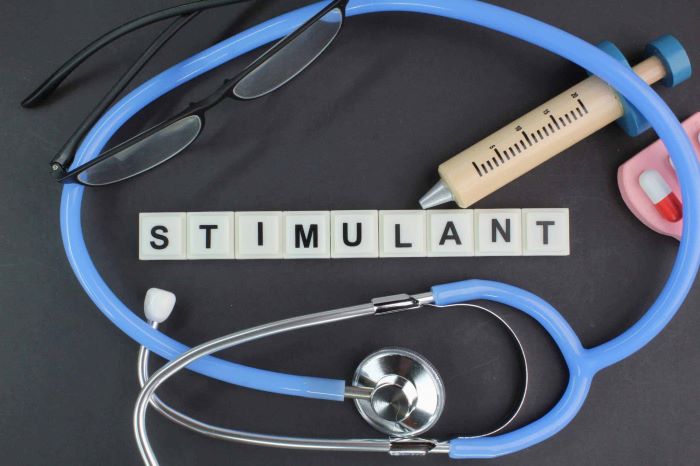Stimulant Withdrawal Symptoms: Features, Symptoms, and Recovery

Stimulants are a class of drugs that increase alertness, focus, and energy. They are commonly used to treat attention deficit hyperactivity disorder (ADHD) and narcolepsy, but they can also be abused recreationally.
When someone stops using stimulants after a period of regular use, they may experience withdrawal symptoms. These symptoms can range from mild to severe, and they typically last for several days to a few weeks.
Common stimulant withdrawal symptoms include:
- Fatigue
- Depression
- Anxiety
- Irritability
- Cravings
- Insomnia
- Vivid dreams
- Slowed movements
- Slowed heart rate
- Increased appetite
- Weight loss
- Impaired memory
- Hallucinations
- Paranoia
The severity and duration of stimulant withdrawal symptoms will vary depending on a number of factors, including the type of stimulant used, the amount and frequency of use, and the individual’s overall health.
Features of stimulant withdrawal
Stimulant withdrawal is characterized by a dysphoric mood (feeling unhappy) and the presence of two or more of the following symptoms:
- Fatigue
- Psychomotor retardation or agitation
- Unpleasant dreams
Timeline of stimulant withdrawal symptoms
- Within hours to days: The initial phase of stimulant withdrawal is often referred to as the “crash.” This is when people typically experience the most severe symptoms of fatigue, depression, and anxiety.
- Days to weeks: After the initial crash, people may experience milder symptoms for a longer period of time. These symptoms may include insomnia, vivid dreams, slowed movements, and slowed heart rate.
- Weeks to months: Some people may experience post-acute withdrawal symptoms (PAWS) for several weeks or even months after quitting stimulants. PAWS symptoms can include anxiety, depression, fatigue, poor concentration, and mood swings.
Recovery from stimulant withdrawal
There is no specific medication to treat stimulant withdrawal, but there are a number of things that people can do to manage their symptoms and support their recovery. These include:
- Getting enough sleep
- Eating a healthy diet
- Exercising regularly
- Avoiding caffeine and alcohol
- Attending support groups or therapy
If you are experiencing stimulant withdrawal symptoms, it is important to seek professional help. A doctor or therapist can provide support and guidance as you work through your recovery.
How to help someone who is experiencing stimulant withdrawal
If you know someone who is experiencing stimulant withdrawal, there are a number of things you can do to help:
- Offer your support and understanding. Let them know that you are there for them and that you believe in their ability to recover.
- Encourage them to seek professional help. A doctor or therapist can provide support and guidance as they work through their recovery.
- Help them to avoid triggers. This may involve staying away from people and places where they used to use stimulants.
- Encourage them to take care of themselves. This includes eating a healthy diet, getting enough sleep, and exercising regularly.
Recovery from stimulant addiction is possible, but it is important to remember that it is a process. It takes time and effort, but it is worth it.
Withdrawal symptoms of stimulants and how to manage them
The withdrawal symptoms of stimulants can be difficult to manage, but there are a number of things that people can do to find relief.
Here are some tips:
- Get enough sleep. Sleep is essential for both physical and mental health. When people are sleep-deprived, they are more likely to experience symptoms such as irritability, anxiety, and depression. Aim for 7-8 hours of sleep each night.
- Eat a healthy diet. Eating a healthy diet can help to improve mood, energy levels, and overall health. Avoid processed foods, sugary drinks, and excessive caffeine and alcohol. Instead, focus on eating plenty of fruits, vegetables, and whole grains.
- Exercise regularly. Exercise is a great way to reduce stress, improve mood, and boost energy levels. Aim for at least 30 minutes of moderate-intensity exercise most days of the week.
- Avoid triggers. Triggers are things that can make someone want to use stimulants. Common triggers include people, places, and activities that are associated with past drug use. If you know what your triggers are, try to avoid them.
- Attend support groups or therapy. Support groups and therapy can provide a safe and supportive environment where people can share their experiences and learn from others in recovery.
If you are struggling to manage the withdrawal symptoms of stimulants, it is important to seek professional help. A doctor or therapist can provide support and guidance as you work through your recovery.










